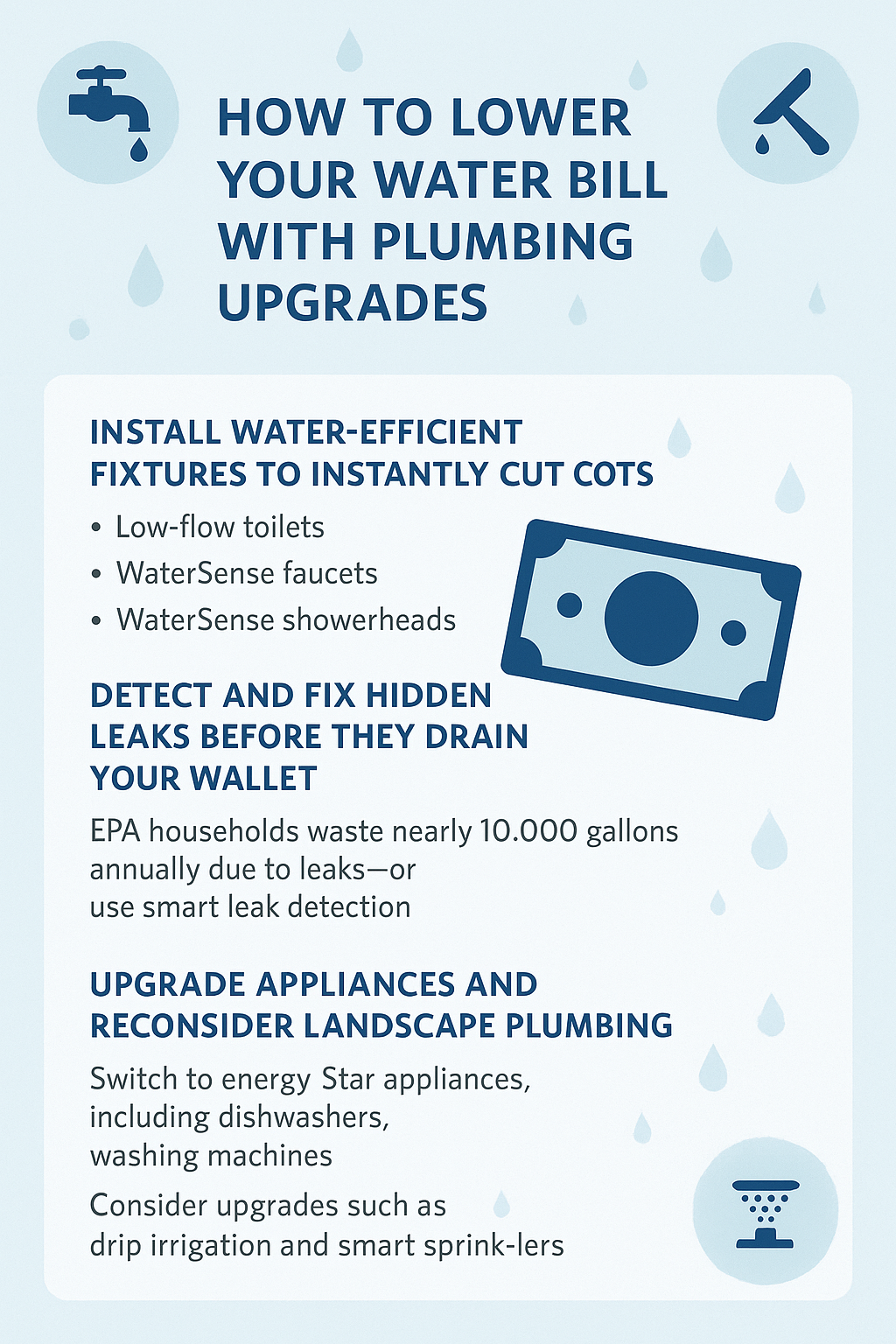- Serving Our NJ Neighbors 24/7 (888) 333-2422
Why Flushing Your Water Heater is Crucial for Long-Term Performance

If you want to maximize the lifespan of your water heater, regular maintenance is non-negotiable—and flushing is one of the most essential tasks. Over time, sediment, minerals, and debris from your water supply accumulate at the bottom of the tank. This buildup not only reduces your water heater’s efficiency but also leads to overheating, corrosion, and eventual failure of the heating elements or tank lining. A neglected water heater might require replacement in as little as 5–8 years, while a well-maintained unit can easily last 12–15 years or longer.
Flushing helps eliminate these harmful deposits, improves heating efficiency, and reduces the strain on internal components. It also ensures more consistent hot water output and prevents the popping or rumbling noises caused by boiling water trapped beneath sediment. For both tank and tankless systems, flushing protects your investment and minimizes the risk of leaks or major breakdowns. Whether you rely on a gas or electric model, flushing is a simple yet powerful way to extend the system’s longevity and keep your home running smoothly.
When Should You Flush Your Water Heater? Know the Signs & Ideal Timing
Experts recommend flushing your water heater at least once a year, but in areas with hard water—like much of New Jersey—you may need to do it every six months. The more mineral-heavy your water supply, the more frequently you should flush. If you’re not sure when your unit was last cleaned, look for common warning signs: decreased hot water pressure, lukewarm temperatures, discolored or rusty water, strange noises, or a noticeable spike in your energy bills. These are all red flags that your system is working harder than it should due to sediment buildup.
The best time to perform a flush is during seasonal transitions, such as early spring or fall, when water use patterns shift and HVAC systems are also being serviced. Flushing your water heater before winter helps avoid breakdowns during the months you rely on hot water the most. For homeowners with tankless systems, an annual descaling flush using a vinegar or descaling solution is just as important to prevent internal mineral clogs that can restrict flow or damage the heat exchanger. In short, regular flushing should be a proactive part of your home’s annual maintenance routine—not something left for emergencies.
Step-by-Step: How to Flush Your Water Heater Safely and Effectively
Flushing a standard tank water heater is a manageable DIY task if you follow the proper safety steps. Start by turning off the power (electric) or setting the gas control valve to “pilot” (gas models), and allowing the tank to cool for at least 1–2 hours. Shut off the cold water inlet valve to stop new water from entering the tank. Next, attach a garden hose to the tank’s drain valve and run it to a nearby floor drain or outside area. Open the valve and allow the tank to drain completely. To help flush out sediment more effectively, briefly turn on the cold water inlet to stir up remaining particles while draining.
Once the water runs clear, close the drain valve, remove the hose, and refill the tank by turning the cold water valve back on. Be sure to open a hot water faucet inside your home to release air from the lines. Finally, restore power or reignite the pilot and let the tank fully reheat. For tankless systems, flushing typically requires a small circulation pump, hoses, and a descaling solution, so it’s best handled by a professional if you’re not experienced. Regardless of the system type, flushing not only boosts efficiency but protects your plumbing from scale buildup and extends the life of the unit. And if you’re ever in doubt—don’t hesitate to call a licensed plumbing expert to perform a thorough flush and inspection.





